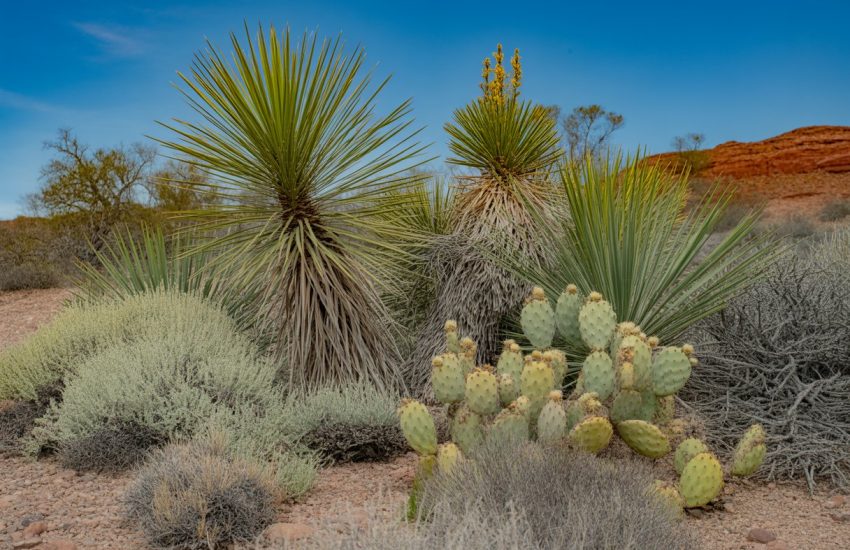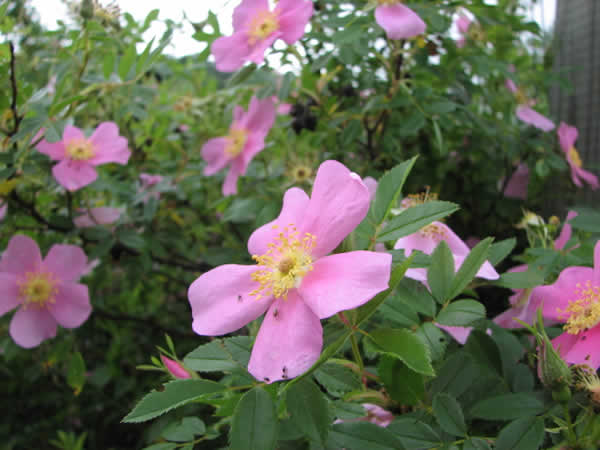Low Maintenance Native Plants Virginia for Sustainable and Easy Gardening
Low maintenance native plants in Virginia are a practical choice for gardeners who want resilient, regionally adapted greenery without constant fuss. These plants thrive in the local climate and soil, so you can skip most of the watering, fertilizing, and pest control that non-native species need.
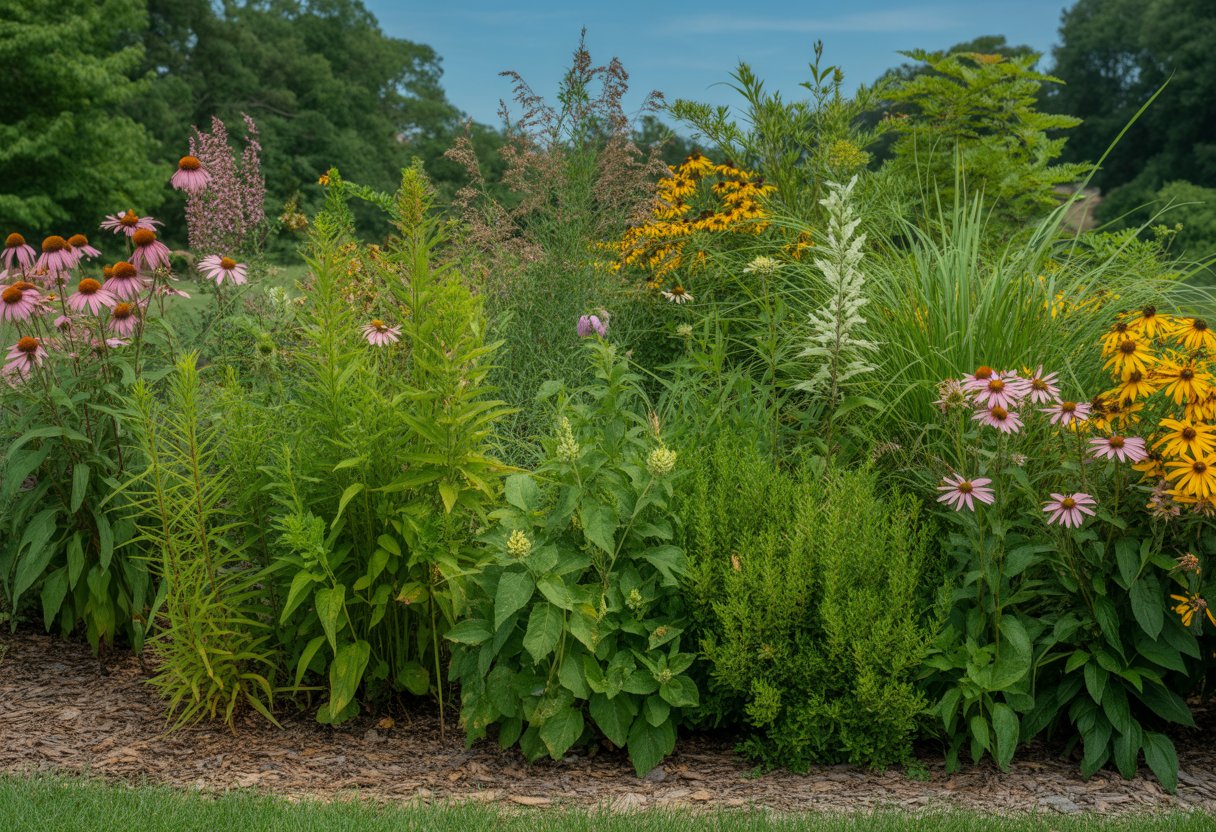
Virginia’s diverse environment supports all sorts of native species, no matter your garden style—sunny meadows or shady woodland edges. Plants like Eastern Redbud, Black-eyed Susan, and Virginia Bluebells are favorites because they handle seasonal changes and common pests on their own.
You won’t have to babysit these plants. They make gardening manageable for beginners and seasoned gardeners alike.
Key Benefits of Low Maintenance Native Plants in Virginia
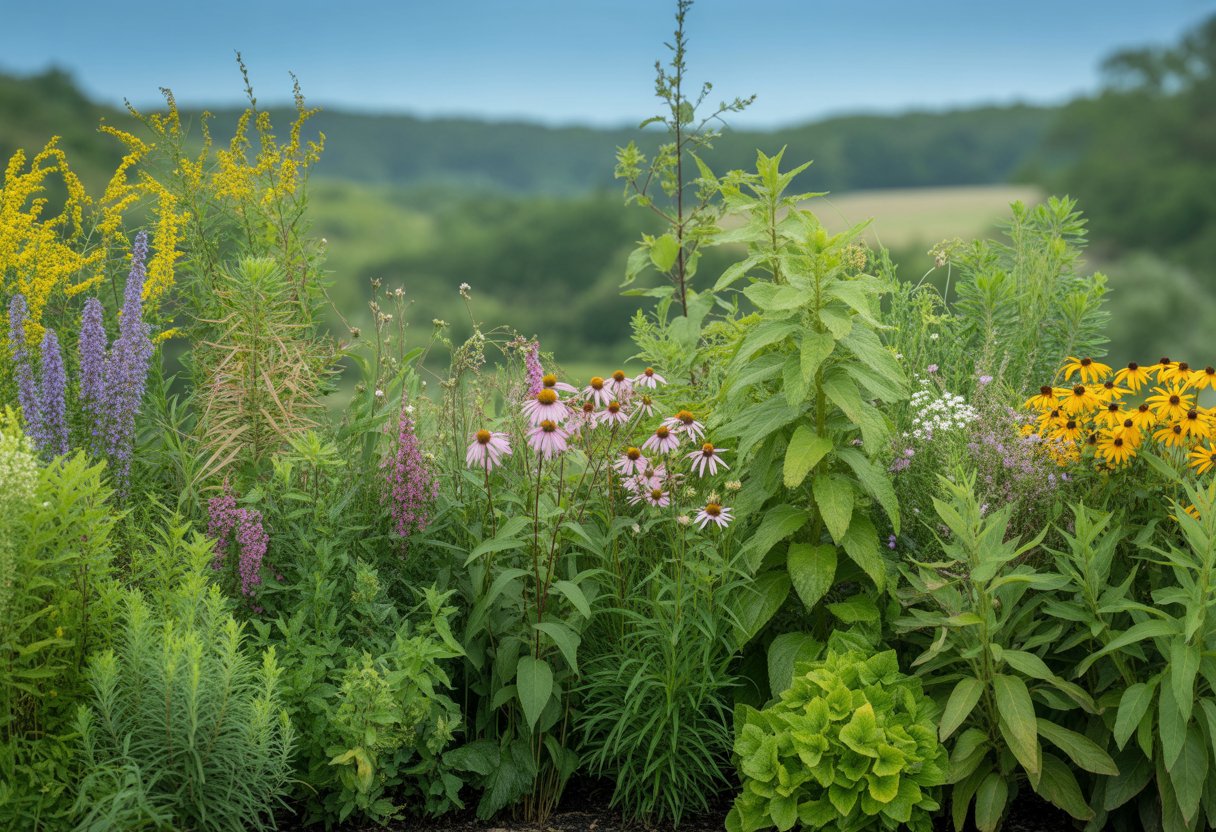
Native plants built for easy care fit right into Virginia’s conditions, supporting the environment and saving you effort. They naturally foster local wildlife, conserve water, and adapt to the soil and climate without a fight.
Support for Wildlife and Pollinators
Low maintenance native plants serve as a crucial food source and habitat for Virginia’s wildlife. Milkweed, for example, attracts monarch butterflies, while native goldenrod supports bees and other pollinators.
These plants provide nectar, pollen, and shelter. Birds enjoy seed-producing natives like black-eyed Susan and coneflower, which help keep populations steady without extra feeding.
Using native plants encourages a balanced ecosystem. You can skip chemical pesticides and fertilizers that harm insects and other animals.
Reduced Water and Maintenance Needs
Native plants in Virginia adapt to local rainfall and often need little supplemental watering once they get going. That drought tolerance comes in handy during summer’s dry spells.
Pruning and fertilizing? Not much needed. Many natives fend off local pests and diseases on their own.
This low maintenance approach saves time, money, and resources. It’s honestly a win for sustainable gardening.
Adaptation to Local Soil Types and Climate
Virginia’s soils range from sandy on the coast to clay-rich inland. Native plants don’t mind—they’re built for it and don’t ask for fancy soil amendments.
They shrug off temperature swings and seasonal changes, from humid summers to chilly winters. That resilience means you’re not constantly replacing plants.
Choose native, low maintenance species and you’ll likely see them thrive without much extra care.
Best Low Maintenance Native Flowering Plants
Picking native flowering plants that don’t need much fuss lets you build a sustainable, eye-catching garden. The right choices give you long-lasting blooms, help wildlife, and keep things interesting through the seasons.
Perennials for Sustained Blooms
Perennials like phlox and rudbeckia hirta bring steady color all season. Their deep root systems mean less watering and they handle Virginia’s soil just fine.
Asclepias sp. (milkweed) is another solid pick. It helps monarch butterflies and blooms reliably in sunny spots. Virginia bluebells add early spring color with almost no effort, then fade away in summer to recharge.
Mixing these perennials gives your garden color and structure without constant replanting. They also handle drought and rough soil better than most non-natives.
Attracting Pollinators with Color and Scent
Native flowering plants like cardinal flower and trumpet honeysuckle (Lonicera sempervirens) pull in hummingbirds and bees with their colors and scents. They’ve evolved alongside local pollinators, so they’re great at attracting wildlife.
Milkweed is a butterfly magnet, especially for monarchs, offering nectar and larval food. Trumpet honeysuckle vines, once established, handle drought and look great draped over fences or trellises.
Pick plants for color, scent, and bloom time to build a pollinator-friendly garden that doesn’t ask for much in return.
Spring and Summer Interest Varieties
Virginia bluebells show off early spring color and fresh leaves, lighting up shady spots. After they bloom, they naturally die back, so you don’t have to fuss over them in summer.
For midsummer through fall, rudbeckia hirta shines with bright yellow flowers that stick around, pulling in butterflies. Phlox blooms in mid-summer, offering clusters of fragrant flowers that stand up to the heat.
These plants stagger their blooms, keeping your garden lively with minimal work. Their adaptability means you won’t need to reach for fertilizer or pest control.
Shrubs and Groundcovers for Virginia Landscapes
Virginia’s landscape gets a boost from shrubs and groundcovers that flourish with little care and help local ecosystems. The focus is on plants that look good, stabilize soil, and handle Virginia’s climate with ease.
Viburnum Varieties and Their Advantages
Viburnum offers several species that fit right into Virginia gardens. Viburnum acerifolium, or mapleleaf viburnum, stands out for its tolerance of shade and poor soil.
It barely needs maintenance, shrugs off drought, and gives you white spring flowers plus red to black fall berries. Birds and pollinators love these shrubs.
Viburnums also work well as natural barriers thanks to their dense growth. Their moderate size makes them easy to fit into mixed borders or woodland gardens.
Ornamental Uses of Serviceberry and Sweetshrub
Serviceberry (Amelanchier spp.) combines good looks and easy care. You get early white blooms in spring and edible berries for wildlife.
It grows in sun or partial shade, tolerating a range of soils, though it prefers well-drained spots. Sweetshrub (Calycanthus floridus) offers fragrant maroon flowers and rich foliage, thriving in shade to partial sun.
Its compact size and unique scent make it a nice choice for specimen planting or as an understory layer. Both plants cut down on maintenance while adding texture to the landscape.
Effective Groundcovers for Erosion Control
Groundcovers like low-growing viburnum or native ferns keep soil steady on slopes and help block weeds. Virginia’s wild ginger (Asarum canadense) and creeping phlox offer dense coverage and fight erosion.
Once established, these species need little watering and help soil hold onto moisture. Their roots bind soil, reducing runoff after rain.
Pick the right groundcovers and you’ll manage slopes while keeping things looking lush.
Practical Considerations and Choosing Ideal Plants
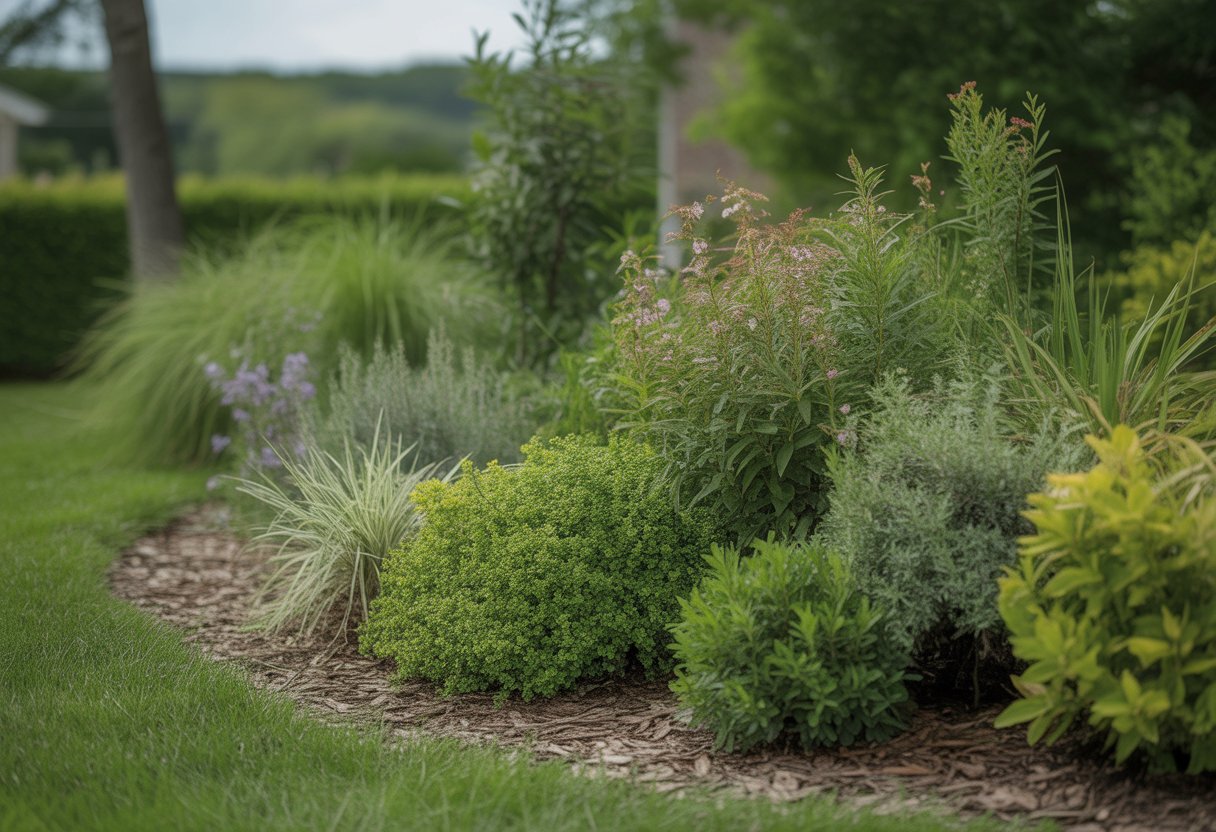
Choosing plants means paying attention to invasive species and making sure your picks fit the soil and site. These choices really shape how much work you’ll put in and how well your garden thrives in Virginia.
Avoiding Invasive Plant Species
Invasive plants can take over fast and damage native ecosystems. Avoid species like Japanese honeysuckle, English ivy, and privet—they’re notorious invaders in Virginia.
Stick with native species to reduce the risk of invasives and support local wildlife. Always double-check state or local invasive species lists before you buy or plant anything.
For less maintenance, pick natives that are already well-established in the region. They hold their own without aggressive growth that would force you into constant control mode.
Matching Plants to Your Site Conditions
Start by figuring out your soil type—maybe it’s sandy, heavy clay, loam, or even a bit acidic. Native plants can be pretty picky about soil preferences and how much water they want.
Take switchgrass, for instance. It loves well-drained soils. Swamp milkweed, on the other hand, really wants things to stay moist.
When you match plants to your site, you won’t have to water as much or mess around with soil fixes. That’s a big relief.
Think about sunlight, drainage, and slope, too. Plants that love shade just won’t act the same as those that crave full sun.
I’d suggest checking out local native plant guides. They’re surprisingly helpful for finding species that actually like what Virginia has to offer.

